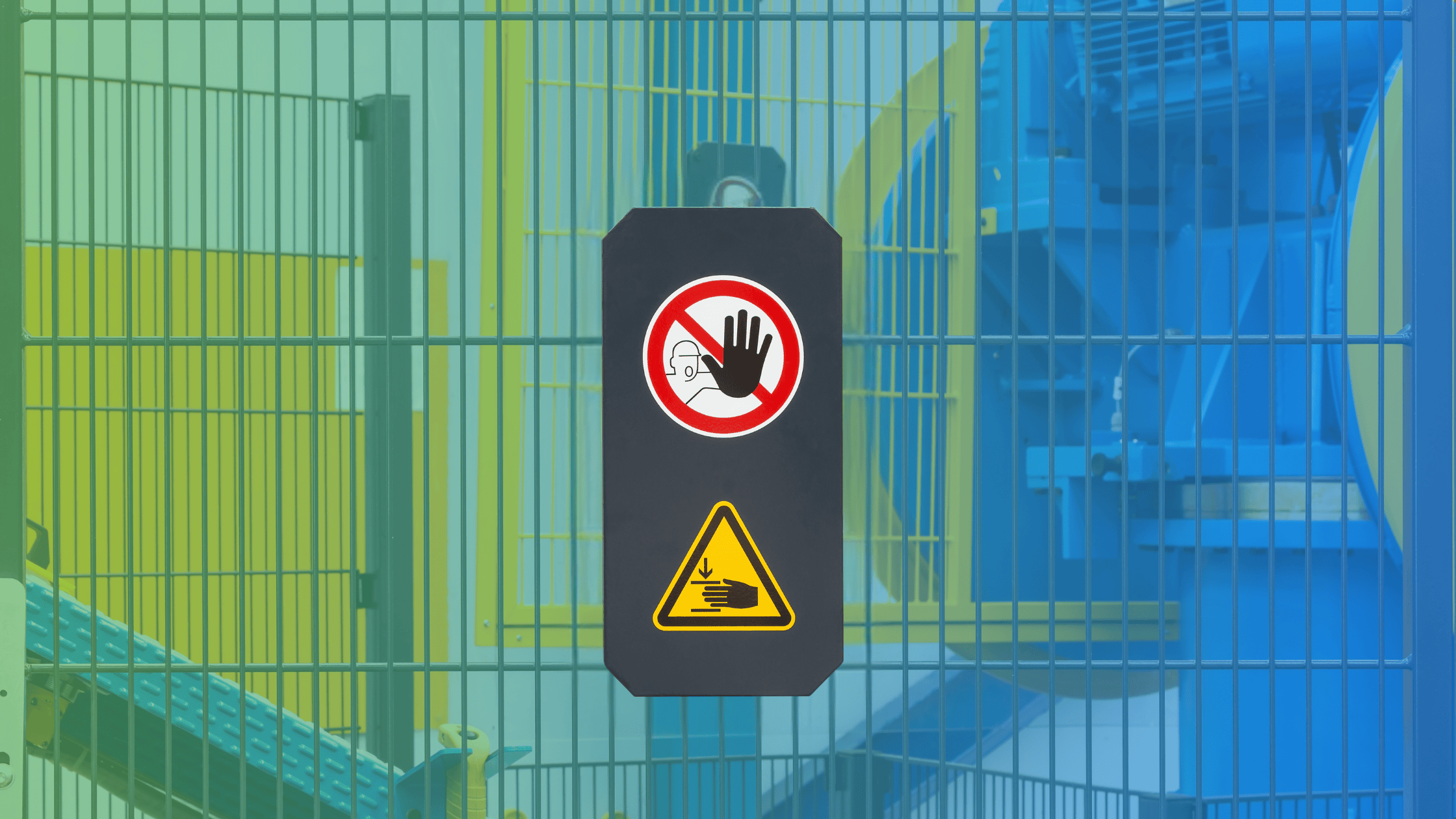Coming in at #10 on OSHA’s annual top ten list is 29 CFR 1910.212, the primary machine guarding standard. OSHA issued approximately 1,700 citations for violations of this standard, reflecting a 9% increase from 2023 and a 21% increase from 2022. The manufacturing sector accounted for 80% of these citations, unsurprising given its heavy reliance on machinery. Machine guards are a critical part of protecting workers from machine hazards, making the rising citation trend a bit concerning.
OSHA seems to be citing all six sections of 1910.212, as noted in the December 2024 edition of Safety + Health Magazine. While specific subsections cited are not included in the article, the standard’s broad application seems to pose compliance challenges for many employers, something we believe stems from three common assumptions about machine guarding:
- Machine guarding standards apply only to specific machinery listed in Subpart O.
- The age of machinery affects guarding requirements.
- Manufacturers are responsible for machinery compliance.
These three assumptions often lead to unguarded machinery, resulting in injuries but also citations from OSHA and we think addressing them is essential for compliance and worker safety.
Assumption #1
Some employers assume that 1910.212 applies only to machinery explicitly listed in Subpart O, believing their equipment is exempt if not directly mentioned. However, the standard’s title, “General requirements for all machines,” clarifies its scope. The first section of 1910.212 regulates machinery based on motions and hazards, not specific machinery types (which comes later). What OSHA did in this first section was to create a universal standard to address hazards like cutting, shearing, or crushing, things that are applicable to all machinery. Even if a machine is not named, its potential hazards will fall under 1910.212. And, if that’s not enough, there’s always OSHA’s General Duty Clause to fall back on.
Assumption #2
Another misconception is that older machinery is exempt from guarding standards, often due to beliefs in “grandfathering.” Some assume that equipment predating OSHA or the machine guarding standards themselves are not subject to current requirements. However, any grandfathering clauses from OSHA’s early years expired long ago and in the absence of those long expired exemptions, all machinery, regardless of age, must meet minimum safety standards.
A related assumption is that older machinery without commercially available guards is exempt. When it comes to guarding machinery, sometimes the best guards are ones designed by the machine operators, not the manufacturers anyway. Statements like “We can’t find guards online” or “The manufacturer went out of business” or “It didn’t need guards when we got it in 1968!” are comments that might be heard if this assumption is alive in well and it may be time to reassess machine guards for any older machinery to ensure compliance because leaving equipment unguarded is not an option.
Assumption #3
This assumption centers around the idea that manufacturers are responsible for ensuring properly guarded, compliant machinery complete with interlocks and E-Stops, etc., leading to deploying machinery which isn’t compliant. It’s possible this assumption comes from certain marketing tactics used by many product manufacturers stating their products are “OSHA compliant” and/or “OSHA approved.”
For manufacturers, what’s often meant by “OSHA compliant” is that the product includes features to meet specific standards or aid customer compliance, not that it is universally compliant for everyone. There’s really no way that the manufacturer could ensure all safety requirements are met for consumers operating in industries they aren’t a part of and facilities they’ve never been in.
As far as products boasting being “OSHA Approved”, it’s important to know that OSHA does not approve or endorse products. While some products are tested and certified by Nationally Recognized Testing Laboratories (NRTLs) and deemed “acceptable” to OSHA, they are still not OSHA approved and neither are any other products on the market.
The bottom line is that employers, not manufacturers, are responsible for assessing machinery, identifying hazards, and implementing guards. Relying on these types of manufacturer claims can lead to non-compliance, particularly for new EHS professionals who may be unaware of these unscrupulous marketing practices.
Moving Toward Compliance
Once companies get past these assumptions and realize they are covered by the machine guarding standards, their machinery isn’t “exempted by grandfathering” and/or they are responsible for ensuring both old and new machinery is compliant with guarding standards, it can become really overwhelming. To try and help alleviate some of those feelings, the next part of our Machine Guarding series will break down 1910.212 and explain in more detail what each part means and where appropriate, provide suggestions to achieve compliance.
To read our full machine guarding standard guide, click here.

